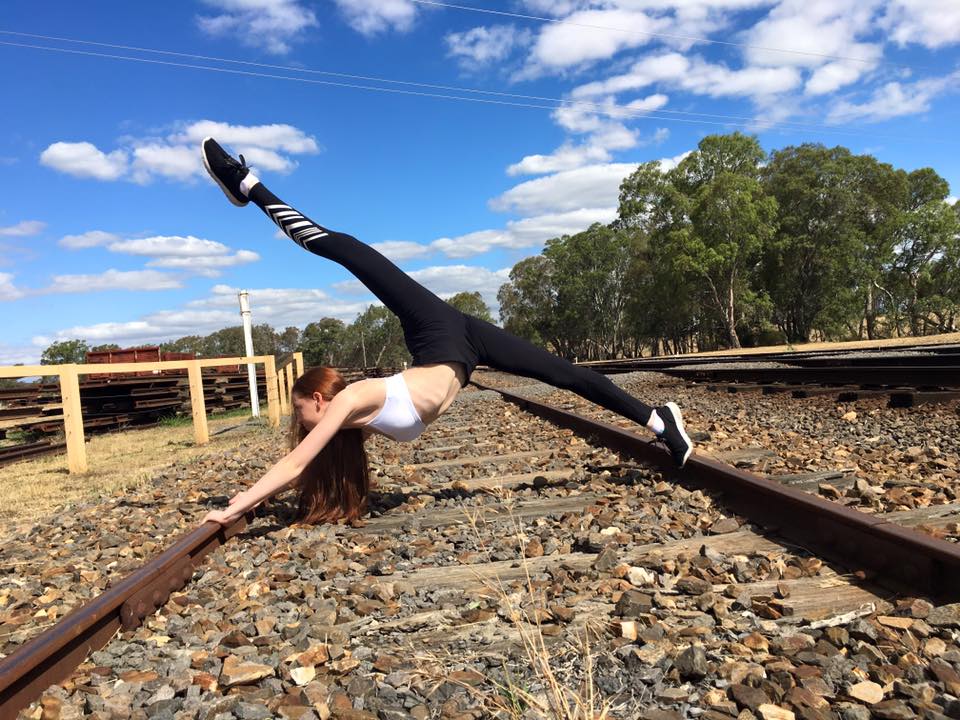Cross-Training for Dancers
Many of our calisthenic students participate in activities outside of our clubs to assist with their dancing skills. The most common seem to be ballet, gymnastics, acro and cheerleading.
There are many other options, and The Dos and Don’ts of Cross-Training published in Dance Spirit discusses the various cross-training options available to dancers.
Cross-train your body in a way that complements your style of dance. If you’re turned out all day, work on staying parallel. If you don’t usually lift other dancers, strengthen your upper body with weights and swimming.
The article acknowledges that exercising outside of dance classes can improve overall fitness, but suggests the need for careful selection of activities to benefit dancing without building bulky muscles or risking injury.
Pilates
Basic pilates exercises help build a strong core and stability.
Strengthening your core reduces stress on your lower back and improves spinal and pelvic alignment. It helps your arms and legs move with ease, which will translate into your dancing.
The pilates exercises target specific muscles and joints so can help focus on body parts that are weak, tight or overstretched.
Yoga
Yoga helps strengthen and elongate muscles. [Refer to How Yoga Helps Dancers]
Swimming
Swimming is amazing because of the tremendous amount of decompression that happens when you’re in the water. It allows you to move your joints without the effects of gravity.
- Dancers with tight upper bodies can swim backstroke to stretch the front of their chest and strengthen the back of the torso and shoulders.
- The breaststroke benefits hips and legs.
- Running underwater or treading water acts as a cardio workout without creating joint pressure.
Skiing
Cross-country skiing builds cardiovascular strength and is good for working in a parallel position.
… dancers tend to think they need to be turned out all the time, but that’s not true. It’s good to work in parallel, or even turned in. Turning out all the time can overstretch the hips and make them weak from overuse.
Biking
Biking is ideal for strengthening quads and glutes. The article recommends that dancers ride at a lower resistance to prevent bulking up their thighs and legs.
Running
Running is not recommended for dancers because of the constant pounding on joints. A brisk walk outside is better, with the benefit of vitamin D and fresh air.
Elliptical
The elliptical machine provides a solid cardiovascular workout without the high impact.
Strength Training (Weight Lifting)
Weight lifting is a great way to build strength.
People think that if you lift weights, you’ll get big musculature. But it can be very beneficial as far as being able to lift or be lifted, or to hold your position, because you have more basic strength.
StairMaster
It’s possible to overdevelop your calves on the StairMaster. The article recommends walking actual flights of stairs instead.
Full article – The Dos and Don’ts of Cross-Training published in Dance Spirit




